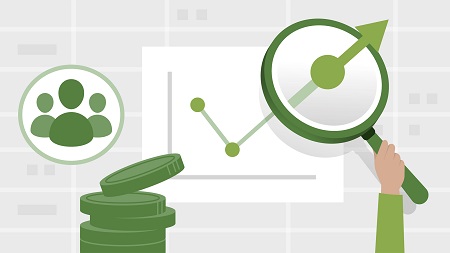
English | MP4 | AVC 1280×720 | AAC 48KHz 2ch | 2h 10m | 306 MB
Curious about how to leverage the remarkable versatility of Excel as a marketing professional? This course shows you how. Join instructor Michael McDonald as he demonstrates how to use Excel in your marketing analytics workflow, explaining how to determine everything from what price a product can be sold for to what type of advertising is catching the attention of users. Michael demonstrates how to tackle demand forecasting with Excel, including how to interpret regressions for forecasting. He covers different methods of doing product pricing, how to approach A/B testing with Excel, and how to transform the results of a survey into quantitative regression data. Plus, learn how to calculate the lifetime value of customers, churn rates, and customer acquisition costs for your business.
Table of Contents
1 Performing marketing analytics in Excel
2 What is product demand
3 Measuring product demand
4 Organizing sales data
5 Seasonality in product demand
6 Moving averages and product demand
7 Price elasticity and product demand
8 Predicting demand for a new product
9 Regressions for forecasting
10 Using Excel for regressions
11 Demand forecasting caveats
12 Product pricing basics
13 Products with pricing power
14 Products without pricing power
15 Price or volume The big trade-off
16 Price differentiation and wholesaling
17 Advertising attribution and identity
18 Hedonic shoppers and price
19 A B testing and Excel
20 Online survey marketing research
21 Interpreting survey results
22 Forecasting propensity to buy
23 Statistics with survey groups
24 Regressions and survey data
25 Purchase intent and price
26 Cost-per-click and customer value
27 Lifetime customer value
28 Customer churn calculations
29 Customer acquisition cost
30 Waterfall charts and marketing variance
31 Interpreting variance walk charts
32 Applying Excel to market research
Resolve the captcha to access the links!